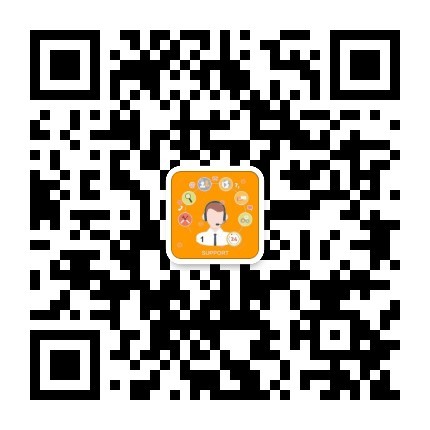TED英語演講稿:為什么X代表未知?
I have the answer to a question that we've all asked. The question is, Why is it that the letter X represents the unknown? Now I know we learned that in math class, but now it's everywhere in the culture -- The X prize, the X-Files, Project X, TEDx. Where'd that come from?

About six years ago I decided that I would learn Arabic, which turns out to be a supremely logical language. To write a word or a phrase or a sentence in Arabic is like crafting an equation, because every part is extremely precise and carries a lot of information. That's one of the reasons so much of what we've come to think of as Western science and mathematics and engineering was really worked out in the first few centuries of the Common Era by the Persians and the Arabs and the Turks.
This includes the little system in Arabic called al-jebra. And al-jebr roughly translates to "the system for reconciling disparate parts." Al-jebr finally came into English as algebra. One example among many.
The Arabic texts containing this mathematical wisdom finally made their way to Europe -- which is to say Spain -- in the 11th and 12th centuries. And when they arrived there was tremendous interest in translating this wisdom into a European language.
But there were problems. One problem is there are some sounds in Arabic that just don't make it through a European voice box without lots of practice. Trust me on that one. Also, those very sounds tend not to be represented by the characters that are available in European languages.
Here's one of the culprits. This is the letter SHeen, and it makes the sound we think of as SH -- "sh." It's also the very first letter of the word shalan, which means "something" just like the the English word "something" -- some undefined, unknown thing.
Now in Arabic, we can make this definite by adding the definite article "al." So this is al-shalan -- the unknown thing. And this is a word that appears throughout early mathematics, such as this 10th century derivation of proofs.
The problem for the Medieval Spanish scholars who were tasked with translating this material is that the letter SHeen and the word shalan can't be rendered into Spanish because Spanish doesn't have that SH, that "sh" sound. So by convention, they created a rule in which they borrowed the CK sound, "ck" sound, from the classical Greek in the form of the letter Kai.
Later when this material was translated into a common European language, which is to say Latin, they simply replaced the Greek Kai with the Latin X. And once that happened, once this material was in Latin, it formed the basis for mathematics textbooks for almost 600 years.
But now we have the answer to our question. Why is it that X is the unknown? X is the unknown because you can't say "sh" in Spanish. (Laughter) And I thought that was worth sharing.
(Applause)
【TED英語演講稿:為什么X代表未知?】相關文章:
TED演講中的句子08-19
小學英語課代表競選演講稿02-16
關于英語課代表競選演講稿11-08
英語課代表演講稿(15篇)02-17
英語課代表演講稿15篇02-17
英語課代表競選演講稿(15篇)02-17
競選英語科代表演講稿7篇01-21
我們為什么要學英語09-11
競選英語課代表優秀演講稿(9篇)01-10






